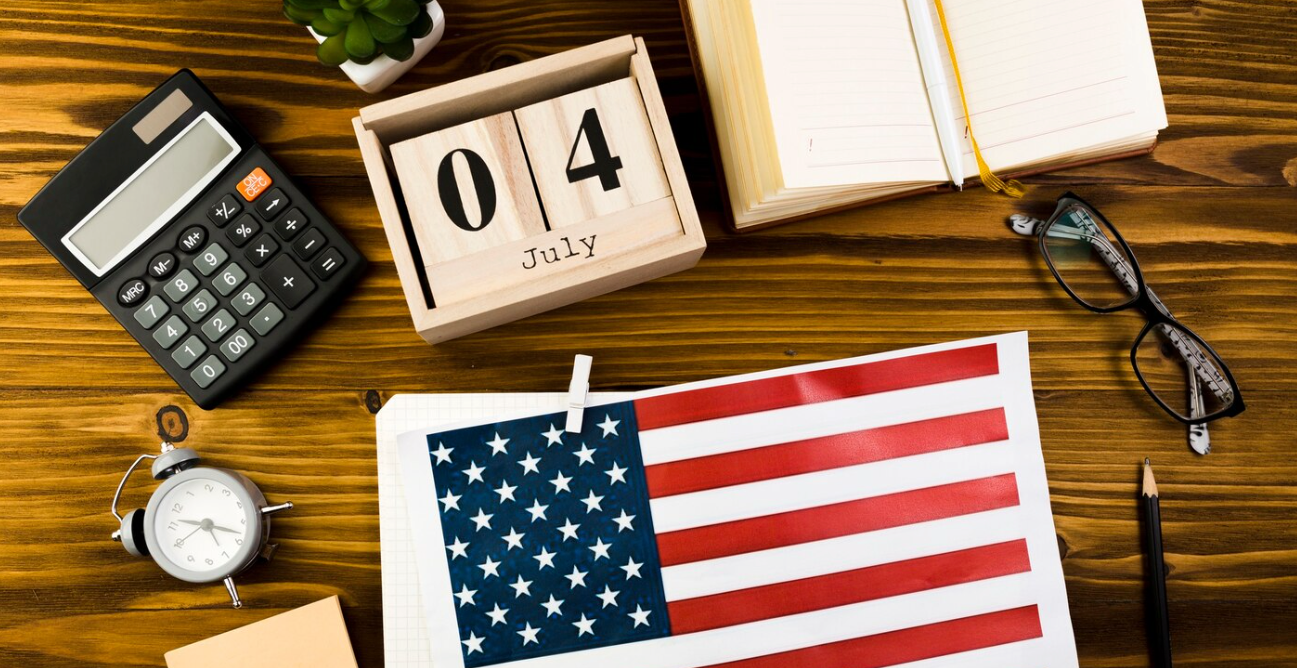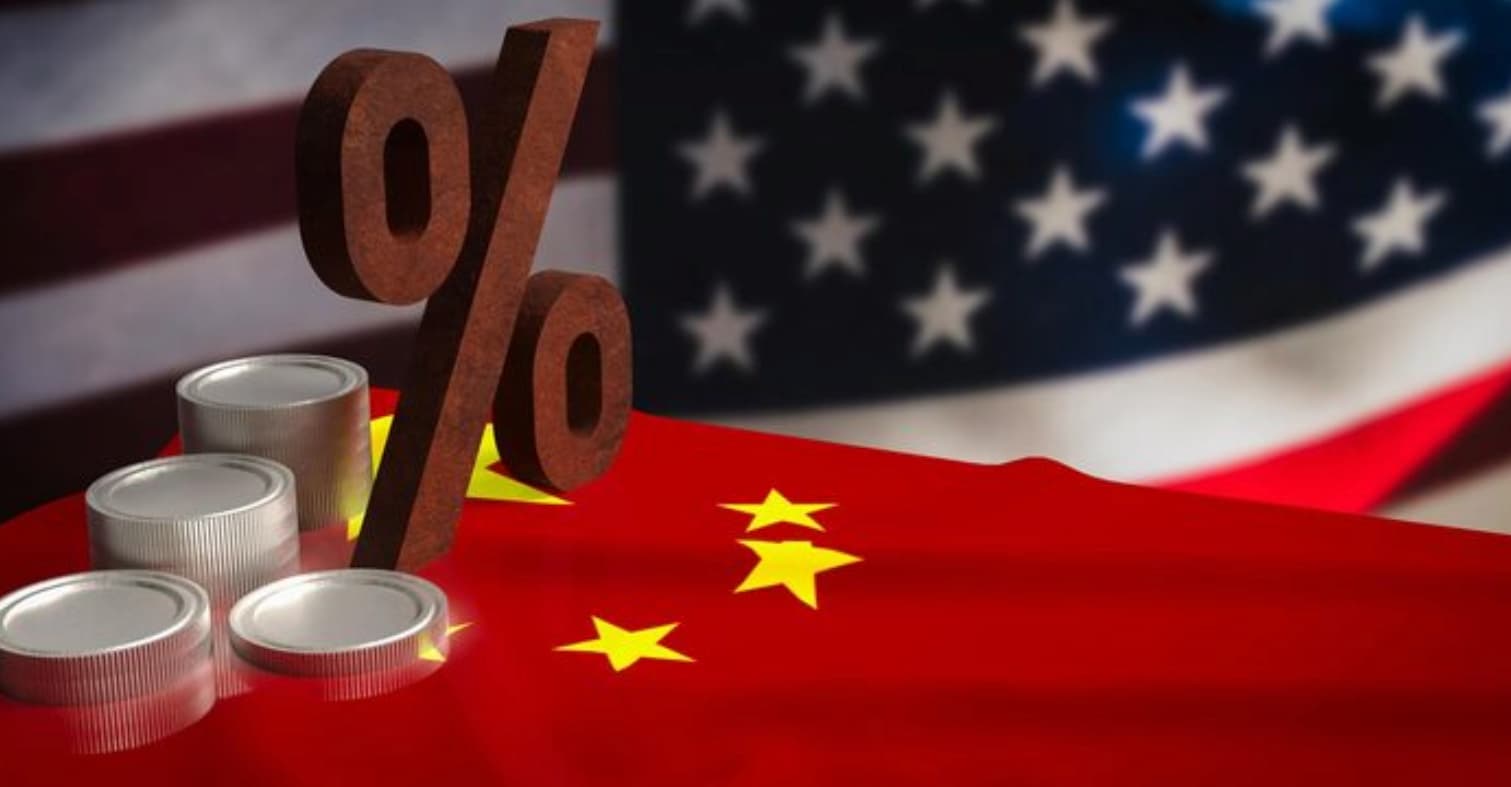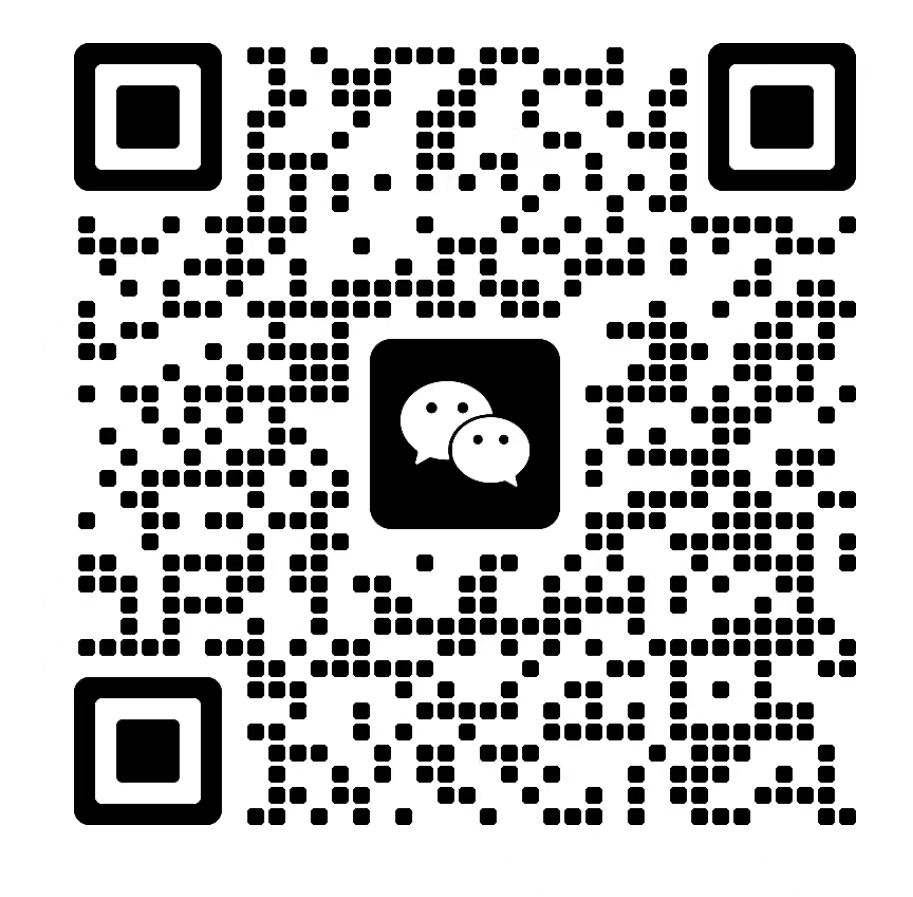Trade tensions between the U.S. and China have reached a new peak in 2025, and you can see the impact in the form of higher costs, shifting supply chains, and new trade barriers.
China's retaliatory tariffs in 2025 directly target U.S. goods with higher import duties and restrictions designed to pressure Washington while protecting Beijing’s own interests.
You face a world where tariffs don’t just affect governments—they shape business decisions, product prices, and even long-term global trade strategies.
By examining the nature of these tariffs, their imposition dates, and their interaction with non-tariff actions, you gain a clearer picture of the stakes.
This guide walks you through the timeline of China’s moves, the specific industries hit hardest, and how companies are adapting.
You’ll also see what future scenarios may look like as both countries weigh the costs of continued escalation.
Quick Takeaways ⚡:
- What they are: Tariffs imposed by China in direct response to U.S. tariffs on Chinese goods.
- Why they matter: They significantly increase the cost of thousands of U.S. products sold in China, hurting competitiveness.
- Key products affected: Agricultural goods (soybeans, pork), automobiles, chemicals, and energy products.
- The main strategy: Companies use tariff exclusion processes, supply chain diversification, and legal strategies to mitigate costs.
- What to do now: Consult with international trade experts to explore exclusions and long-term planning.
📌Also Read: China Tariffs on Canada: Impact on Food & Agriculture
What Are China's Retaliatory Tariffs?
China's retaliatory tariffs are extra taxes China places on goods imported from the United States. These tariffs are not random. They are direct responses to U.S. trade actions, especially when the U.S. raises its own tariffs on Chinese products.
You can think of them as a countermeasure. When the U.S. increases tariffs to pressure Chinese industries, China replies by targeting American exports. This back-and-forth creates a trade dispute that affects multiple sectors.
Key points to understand:
- They are responses, not first moves.
- They aim to balance trade pressure between the two countries.
- They often focus on sensitive U.S. industries like farming, energy, and manufacturing.
For example, in 2025, China placed new tariffs on U.S. coal, liquefied natural gas, and other imports, after the U.S. escalated its own tariffs on Chinese goods to as high as 34 percent, with threats of much higher rates (details here).
By using retaliatory tariffs, China signals that it will not accept trade pressure without responding in kind. You see their use as both an economic tool and a political message.
Timeline of China’s Retaliatory Moves
You can see how China’s tariff actions in 2025 unfolded step by step. Each move came as a direct response to U.S. tariff hikes earlier in the year.
February–March 2025
China began with smaller but targeted tariffs. These included:
- 10–15% tariffs on U.S. coal and liquefied natural gas
- 10–15% tariffs on agricultural machinery
- 10–15% tariffs on key farm goods like soybeans, wheat, and pork
These measures aimed to pressure U.S. exporters in energy and agriculture.
April 2025 escalation
By early April, China raised the stakes. On April 4, Beijing announced a 34% blanket tariff on all U.S. goods, marking a major shift in the trade standoff. Reports described this as the start of a more aggressive phase of retaliation.
Just days later, the tariffs climbed even higher. Between April 9 and April 11, the rate moved first to 84% and then to 125% on U.S. imports.
According to the analysis of the 2025 trade war, this sharp increase reflected China’s willingness to match U.S. pressure with equally strict measures.
These steps created significant strain on U.S. exporters, especially in farming and energy. They also signaled that China was prepared to keep raising costs until Washington reconsidered its trade strategy.
📌Also Read: Trumps China Tariffs: The Effect of 10% Rate Starting 2025
Specific Tariff Measures Imposed by China

China responded to new US tariff hikes in 2025 with targeted retaliatory tariffs. These measures focused on agriculture, energy, industrial goods, and consumer products to pressure key sectors of the US economy while protecting China’s own trade interests.
Tariffs on Agricultural Products
You see the biggest impact in farm exports. China raised duties on soybeans, corn, wheat, and pork. These crops and meats are central to US farm income, so the higher tariffs cut into export demand.
China increased soybean tariffs by more than 25 percent. Corn and wheat faced similar hikes, making them less competitive in Chinese markets. Pork, poultry, and dairy also saw new duties, which reduced shipments from the US.
A breakdown of key agricultural tariffs:
- Soybeans: +25% duty
- Corn and wheat: +20% duty
- Pork and poultry: +15% duty
- Dairy products: +10% duty
By targeting agriculture, China put pressure on rural US states that depend heavily on exports. Reports such as the impact of the China-US tariff war show how these measures are designed to influence political and economic outcomes.
Tariffs on Energy and Industrial Goods
China also applied retaliatory tariffs on energy and industrial imports. Crude oil, liquefied natural gas, and coal faced new duties, which reduced US energy exports into China’s market.
Industrial metals like aluminum and copper products were hit with higher tariffs. Machinery, electrical equipment, and chemical products also faced extra costs at the border. These measures were meant to disrupt US manufacturing supply chains.
Key examples include:
- Crude oil and LNG: +20% duty
- Coal: +15% duty
- Aluminum and copper goods: +15% duty
- Machinery and chemicals: +10–15% duty
Analysts in studies like the economic analysis of US tariffs introduced in March-April 2025 note that energy and industrial tariffs carry ripple effects, especially for US exporters that rely on bulk shipments.
Tariffs on Consumer and Automotive Products
China targeted consumer goods and vehicles to hit US companies with strong brand exposure. Automobiles, SUVs, and electric vehicles faced tariffs that raised import costs by 25 percent. Auto parts also carried new duties, making it harder for US firms to compete in China.
Consumer electronics, clothing, and household appliances were included in the tariff list. This affected companies that rely on China’s large middle-class market.
Examples of consumer and automotive tariffs:
- Automobiles and EVs: +25% duty
- Auto parts: +15% duty
- Electronics and appliances: +10% duty
- Clothing and footwear: +10% duty
Reports such as President Trump’s Trade War: the US-China Tariffs and Global Implications highlight how these tariffs directly affect consumer markets and global supply chains.
📌Also Read: China Import Tariffs: Essential Guide for Importers
Non-Tariff Retaliatory Actions
China has not only relied on tariffs but also turned to non-tariff measures that directly affect companies and trade flows. These actions target specific firms, products, and technologies, making them just as impactful as tariff increases.
Unreliable Entities List Updates
You should pay close attention to China’s updates to its Unreliable Entities List, which names foreign firms that pose risks to national security or disrupt market rules. Once listed, companies may face restrictions on trade, investment, or licenses.
In 2025, China expanded this list to include several U.S. technology and logistics firms. This move limited their ability to sell products in China or work with Chinese suppliers.
Key consequences include:
- Loss of contracts with state-owned enterprises
- Restrictions on imports and exports of critical goods
- Increased regulatory checks on operations inside China
These measures act as a warning to multinational firms that rely heavily on the Chinese market. If your business depends on Chinese demand, being flagged as unreliable can severely reduce your access.
Export and Import Suspensions
China has also used suspensions of exports and imports as a tool of retaliation. Unlike tariffs, these bans can stop trade completely. For example, during earlier disputes, China suspended imports of U.S. agricultural goods like soybeans and pork.
In 2025, new suspensions targeted sectors where the U.S. has strong market exposure. Reports noted restrictions on agricultural products, high-tech components, and even certain energy goods. You may see disruptions in supply chains if your industry relies on these items.
Common effects include:
- Sudden shortages of raw materials
- Higher costs for manufacturers
- Shifts in sourcing to alternative suppliers
Suspensions are often temporary, but they create uncertainty for exporters and importers. This uncertainty can discourage long-term contracts and force you to diversify trade partners.
Export Controls and Sanctions Designations
Export controls have become another important non-tariff action. China has tightened rules on shipments of rare earth minerals, advanced batteries, and medical inputs. These controls limit access to materials that are difficult to replace.
In addition, China uses sanctions designations against foreign firms or individuals involved in policies it opposes. For example, companies linked to U.S. defense or surveillance industries have faced restrictions.
If you operate in industries tied to sensitive technologies, you may face:
- Delays in customs clearance
- Restrictions on technology transfers
- Loss of access to critical minerals
These measures are aimed at creating pressure without raising tariffs. They can be more disruptive because they target specific industries that cannot easily find substitutes.
📌Also Read: Russian Tariffs on China: List of Goods and Their Impact on Trade
How Businesses Are Navigating China's Retaliatory Tariffs
When retaliatory tariffs raise costs, you need practical ways to limit the impact. Companies are using legal tools, shifting supply chains, and adjusting pricing to stay competitive in global markets.
Strategy 1: Pursuing Tariff Exclusions
China, like the United States, has an exclusion process that allows certain goods to be exempt from retaliatory tariffs. You can apply if your product meets specific criteria, such as being hard to replace or essential for domestic industries.
The application process is detailed and requires strong evidence. You must demonstrate why your product warrants special treatment and explain how the tariffs adversely affect your business.
Because of the complexity, many firms hire trade lawyers or consultants. Legal experts understand the rules, deadlines, and documentation needed. This increases your chances of approval and reduces the risk of rejection.
Key points to keep in mind:
- Applications require detailed product data.
- Deadlines are strict and missing one can cancel your chance.
- Professional help is often necessary to navigate the system.
Strategy 2: Supply Chain Diversification and Restructuring
Many companies are relocating their production from China to avoid tariffs. This approach is known as ABC or “Anywhere But China.” Firms shift parts of their supply chain to countries like Vietnam, Mexico, and India, where trade barriers are lower.
This strategy takes time and investment. You need to find reliable suppliers, check quality standards, and make sure logistics costs do not erase savings.
Some businesses use a split model, keeping part of their production in China while sourcing other parts elsewhere. This reduces risk if tariffs change again.
Examples of restructuring moves:
- Relocating assembly lines to Vietnam.
- Partnering with Mexican factories for final production.
- Building backup supplier networks in India.
Studies show that Vietnamese industries have already benefited from this shift, as more firms relocate to avoid U.S. and Chinese tariffs.
Strategy 3: Absorbing Costs and Price Negotiations
Not every company can move production or win an exclusion. In many cases, you may need to absorb part of the tariff costs or renegotiate terms with Chinese partners.
Some businesses raise prices slightly to cover losses, while others split the cost with suppliers. This requires open talks and a willingness to share the burden.
Common approaches include:
- Passing on a portion of costs to customers through small price increases.
- Asking suppliers in China for discounts or better payment terms.
- Cutting expenses in other areas to offset higher import costs.
In some sectors, like food imports, companies facing retaliatory tariffs on items such as almonds and apples have had to use a mix of these methods to stay competitive.
Clear communication with partners and customers helps you manage expectations and keep relationships strong while handling higher costs.
The Future Outlook: Will China Retaliatory Tariffs Be Lifted?
You face an uncertain trade environment in 2025. The United States raised tariffs on Chinese imports to levels as high as 34 percent in April, and China responded with new duties of its own.
These moves keep pressure on both economies and make it unclear when or if the retaliatory tariffs will be lifted.
Domestic politics play a big role. In the U.S., leaders aim to safeguard manufacturing jobs, whereas in China, officials seek to protect key industries and avoid appearing weak.
Neither side wants to appear to back down too quickly, which slows progress toward easing tariffs.
Inflation also matters. Higher tariffs raise the cost of imported goods, which can push up consumer prices. Both governments must balance their trade strategies with the risk of fueling inflation at home.
Global economic conditions add another layer. If growth slows worldwide, both countries could feel more pressure to reduce tariffs to support trade. On the other hand, strong growth may allow them to keep tariffs in place longer.
You can prepare your business by focusing on flexibility:
- Diversify suppliers to reduce dependence on a single country.
- Build cash reserves to handle sudden cost increases.
- Use long-term contracts where possible to lock in stable prices.
- Explore new markets to reduce reliance on U.S.-China trade flows.
By planning ahead, you can manage risk whether tariffs stay, rise, or eventually get lifted. For example, analysts show that U.S. tariffs on Chinese imports in 2025 already reached 34 percent, which signals continued uncertainty in trade relations.
Conclusion
China’s retaliatory tariffs are far more than headline-grabbing numbers—they are a calculated, multi-sector response to escalating U.S. trade pressure. By imposing steep duties (up to 125%) and deploying strategic non-tariff measures,
Beijing is safeguarding key industries while preserving space for negotiation. As the U.S.–China trade equation evolves, staying informed and agile is essential.
For legal counsel navigating these shifting tariff policies, contact Choi & Partners at Chinalegalexperts.com/contact.
FAQs: China Retaliatory Tariffs
You can see that China’s tariff response in 2025 focused on U.S. goods in agriculture, manufacturing, and technology. The measures were designed to counter U.S. tariff hikes and protect China’s domestic industries while signaling strength in trade negotiations.
How did China retaliate against US tariffs?
China responded by imposing tariffs on about $110 billion worth of U.S. exports. These included soybeans, cars, and industrial goods. The move came after the U.S. raised tariffs on nearly all Chinese imports, creating a cycle of trade pressure between the two countries (CEPII study).
Why did China put a 34% tariff?
China introduced a 34% tariff on select U.S. products to match the scale of U.S. tariff increases. This level targeted politically sensitive sectors like agriculture, where U.S. farmers rely heavily on exports to China. The goal was to increase costs for U.S. producers and push for policy changes in Washington.
What do retaliatory tariffs mean?
Retaliatory tariffs are taxes one country places on imports in response to another country’s tariff actions. They are meant to balance trade pressure and discourage further tariff hikes. In practice, they raise prices for importers and consumers while reducing demand for the targeted country’s exports.
What is the 245% tariff in China?
China has applied very high tariffs in special cases, such as anti-dumping or countervailing duties on certain goods. The 245% figure refers to steep duties placed on specific imports accused of being unfairly priced. These measures are separate from the broader 2025 tariff war but reflect China’s use of trade defense tools.
How much are Trump's tariffs on China?
By 2025, the U.S. administration announced tariff increases of up to 60 percent on nearly all imports from China. Average rates on Chinese goods rose sharply compared to pre-trade war levels. Studies show these Trump tariffs led to higher costs for U.S. businesses and triggered China’s retaliation.
Subscribe to receive updates
Subscribe to receive the latest blog posts to your inbox every week.



